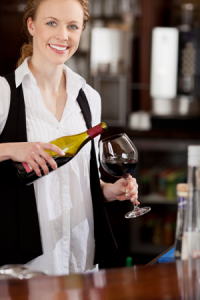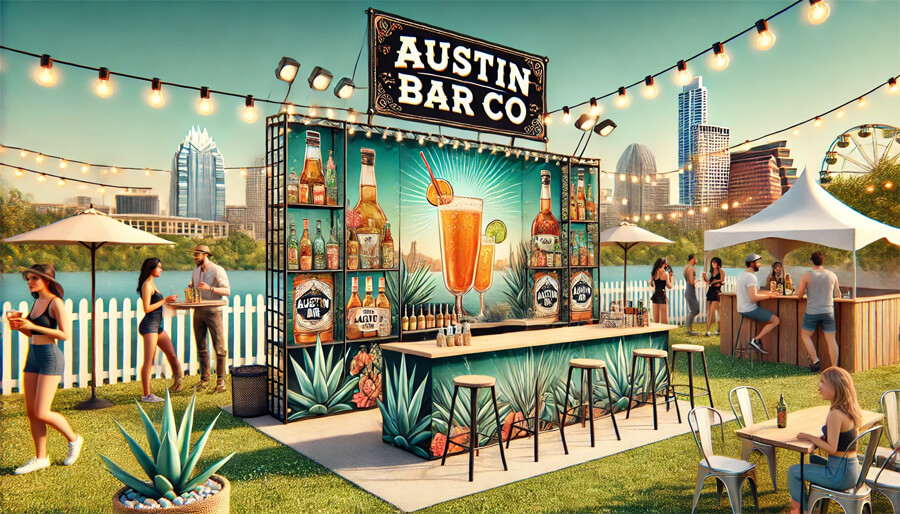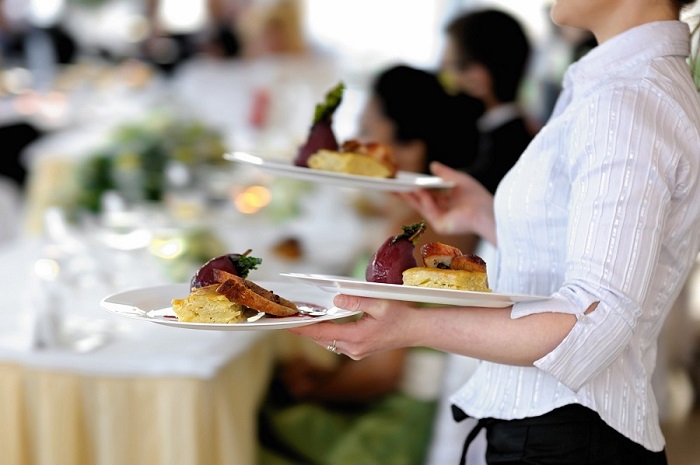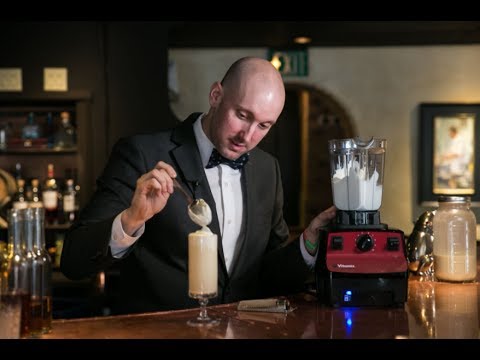AIM
COMPARATIVE STUDY AND QUALITATIVE ANALYSIS OF DIFFERENT BRANDS OF COLD DRINKS AVAILABLE IN MARKET.
CERTIFICATE
It is hereby to certify that, the original and genuine investigation work has been carried out to investigate about the subject matter and the related data collection and investigation has been completed solely, sincerely and satisfactorily by Navi Arora of CLASS XII A, Mother Divine Sr. Sec. Public School (Rohini), regarding his project titled “Content of Cold Drinks Available in the Market”.
Teacher’s signature
Acknowledgement
It would be my utmost pleasure to express my sincere thanks to My Chemistry Teachers Mrs. Aditi, Mrs. Richa and Mrs. Shobhna in providing a helping hand in this project. Their valuable guidance, support and supervision all through this project titled “Content of Cold Drinks Available in the Market”, are responsible for attaining its present form.
Navi arora
XII – A
PURPOSE
In recent days, soft drink brands were put into various questions regarding their purity. News flashed that they contain harmful pesticide, which arouse many interest in knowing its contents because I have been drinking them for years. I wanted to confirm that whether the charge impose on these brands are true or not.
Another fact which inspired me to do this project is that I am in touch with qualitative analysis whose knowledge with other factors helped me to do so.
CONTENTS
- Ø Introduction
- Ø Theory
- Ø Apparatus
- Ø Chemicals required
- Ø Detection of pH
- Ø Test for Carbon Dioxide
- Ø Test for Glucose
- Ø Test for Phosphate
- Ø Test for Alcohol
- Ø Test for Sucrose
- Ø Result
- Ø Conclusion
INTRODUCTION
The era of cold drinks began in 1952 but the indianization of industry marked its beginning with launching of limca and goldspot by parley group of companies. Since, the beginning of cold drinks was highly profitable and luring, many multinational companies launched their brands in India like pepsi and coke.
Now days, it is observed in general that majority of people viewed Sprite, Miranda, and Limca to give feeling of lightness, while Pepsi and Thumps Up to activate pulse and brain.
Theory
Cold drinks of different brands are composed of alcohol, carbohydrates, carbon dioxide, phosphate ions etc. These soft drinks give feeling of warmth, lightness and have a tangy taste which is liked by everyone. Carbon dioxide is responsible for the formation of froth on shaking the bottle.
The carbon dioxide gas is dissolved in water to form carbonic acid which is also responsible for the tangy taste. Carbohydrates are the naturally occurring organic compounds and are major source of energy to our body. General formula of carbohydrates is
CX (H2O)Y.
On the basis of their molecule size carbohydrates are classified as:-
Monosaccharide, Disaccharides and Polysaccharides. Glucose is a monosaccharide with formula C6H12O6 .It occurs in Free State in the ripen grapes in bones and also in many sweet fruits. It is also present in human blood to the extent of about 0.1%. Sucrose is one of the most useful disaccharides in our daily life. It is widely distributed in nature in juices, seeds and also in flowers of many plants. The main source of sucrose is sugar cane juice which contain 15-20 % sucrose and sugar beet which has about 10-17 % sucrose. The molecular formula of sucrose is C12H22O11. It is produced by a mixture of glucose and free dose. It is non-reducing in nature whereas glucose is reducing. Cold drinks are a bit acidic in nature and their acidity can be measured by finding their pH value. The pH values also depend upon the acidic contents such as citric acid and phosphoric acid.
APPARATUS
vTest tube
vTest tube holder
vTest tube stand
vStop watch
vBeaker
vBurner
vpH paper tripod stand
vChina dish
vWire gauge
vWater bath
CHEMICALS REQUIRED
- Ø Iodine solution
- Ø Potassium iodine
- Ø Sodium hydroxide
- Ø Fehling’s A & B solution
- Ø Lime water
- Ø Concentrated HNO3
- Ø Benedict solution
- Ø Ammonium molybdate
DETECTION OF PH
1-2 drops of the sample of cold drink of each brand was taken and put on the pH paper. The change in the color of pH paper was noticed and was compared with the standard pH scale.
OBSERVATION
| SERIAL NO |
NAME OF DRINK |
COLOUR CHANGE |
PH VALUE |
| 1 |
COCA COLA |
PINK |
1-2 |
| 2 |
SPRITE |
ORANGE |
3 |
| 3 |
LIMCA |
PINKISH |
3-4 |
| 4 |
FANTA |
LIGHT DRINK |
2-3 |
INFERENCE
Soft drinks are generally acidic because of the presence of citric acid and phosphoric acid. pH values of cold drink of different brands are different due to the variation in amount of acidic contents.
TEST FOR CARBON DIOXIDE
EXPERIMENT
As soon as the bottles were opened, one by one the sample was passed through lime water. The lime water turned milky.
OBSERVATON
| SR. NO |
NAME OF THE DRINK |
TIME TAKEN (SEC.) |
CONCLUSION |
| 1 |
COCA COLA |
26.5 |
CO2 IS PRESENT |
| 2 |
SPRITE |
21 |
CO2 IS PRESENT |
| 3 |
LIMCA |
35 |
CO2 IS PRESENT |
| 4 |
FANTA |
36 |
CO2 IS PRESENT |
INFERENCE
All the soft drinks contain dissolved carbon dioxide in water. The carbon dioxide (CO2) dissolves in water to form carbonic acid, which is responsible for its tangy taste.
CHEMICAL REACTION INVOLVED
Ca(OH)2 (s) + CO2(g) ———–àCaCO3 (s) + H2O(s)
TEST FOR GLUCOSE
Glucose is a reducing sugar acid. Its presence is detected by the following test:-
1. BENIDICTS’S SOLUTION TEST:-
A small sample of cold drink of different brands was taken in a test tube and a few drops of Benedict’s reagent were added. The test tube was heated for few seconds. Formation of reddish color confirms the presence of glucose in cold drinks.
OBSERVATON
| SR. NO |
NAME OF THE DRINK |
OBSERVATION |
CONCLUSION |
| 1 |
COCA COLA |
REDDISH COLOUR |
GLUCOSE PRESENT |
| 2 |
SPRITE |
REDDISH COLOUR |
GLUCOSE PRESENT |
| 3 |
LIMCA |
REDDISH COLOUR |
GLUCOSE PRESENT |
| 4 |
FANTA |
REDDISH COLOUR |
GLUCOSE PRESENT |
INFERENCE
All the samples gave positive test for glucose with Benedict’s reagent. Hence all the drinks contain glucose.
2. FEHLING’S SOLUTION TEST
A small sample of cold drink of different brands was taken in a test tube and a few drops of Fehling’s A solution and Fehling’s B solution was added in equal amount. The test tube was heated in a water bath for 10 minutes. Appearance of brown precipitate confirms the presence of glucose in cold drinks.
OBSERVATON
| SR. NO |
NAME OF THE DRINK |
OBSERVATION |
CONCLUSION |
| 1 |
COCA COLA |
Reddish Brown Precipitate |
GLUCOSE PRESENT |
| 2 |
SPRITE |
Reddish Brown Precipitate |
GLUCOSE PRESENT |
| 3 |
LIMCA |
Reddish Brown Precipitate |
GLUCOSE PRESENT |
| 4 |
FANTA |
Reddish Brown Precipitate |
GLUCOSE PRESENT |
INFERENCE
All the samples give positive test for glucose with Fehling’s solutions (A&B).Hence all the cold drinks contain glucose.
TEST FOR PHOSPHATE
Sample of each brand of cold drink was taken in a separate test tube and ammonium molybdate followed by concentrated nitric acid (HNO3) was added to it, the solution was taken heated and the color of the precipitate confirms the presence of phosphate ions.
OBSERVATON
| SR. NO |
NAME OF THE DRINK |
OBSERVATION |
CONCLUSION |
| 1 |
COCA COLA |
CANARY-YELLOW PPT |
PHOSPHATE IS PRESENT |
| 2 |
SPRITE |
CANARY-YELLOW PPT |
PHOSPHATE IS PRESENT |
| 3 |
LIMCA |
CANARY-YELLOW PPT |
PHOSPHATE IS PRESENT |
| 4 |
FANTA |
CANARY-YELLOW PPT |
PHOSPHATE IS PRESENT |
INFERENCE
All the soft drinks contain phosphate ions which are detected by the presence of phosphate when canary yellow obtained.
CHEMICAL REACTION INVOLVED
NaHPO4 + 12 (NH4)2MoO4 + 21HNO3 +3H+———–à (NH4)3PO4.12MoO3 +21HN4NO3 +12H2O
TEST FOR ALCOHOL
Samples of each brand of cold drinks are taken in sample test tube and iodine followed by potassium iodide and sodium hydroxide (NaOH) solution is added to each test tube. Then the test tube are heated in hot water bath for 30 minutes yellow colored precipitate confirmed the presence of alcohol in cold drinks
OBSERVATON
| SR. NO |
NAME OF THE DRINK |
OBSERVATION |
CONCLUSION |
| 1 |
COCA COLA |
YELLOW PPT |
ALCOHOL IS PRESENT |
| 2 |
SPRITE |
YELLOW PPT |
ALCOHOL IS PRESENT |
| 3 |
LIMCA |
YELLOW PPT |
ALCOHOL IS PRESENT |
| 4 |
FANTA |
YELLOW PPT |
ALCOHOL IS PRESENT |
INFERENCE
All the Brands of Cold Drinks Contain Alcohol.
CHEMICAL REACTION INVOLVED
CH3CH2OH +4I2+ 6NaOH——àCHI3 + HCOONa +5NaI +5H2O
TEST FOR SUCROSE
5 ml samples of each brand of cold drinks was taken in a china dish and heated very strongly until changes occur. Black colored residue left confirms the presence of sucrose in cold drinks.
OBSERVATON
| SR. NO |
NAME OF THE DRINK |
OBSERVATION |
CONCLUSION |
| 1 |
COCA COLA |
BLACK RESIDUE |
SUCROSE IS PRESENT |
| 2 |
SPRITE |
BLACK RESIDUE |
SUCROSE IS PRESENT |
| 3 |
LIMCA |
BLACK RESIDUE |
SUCROSE IS PRESENT |
| 4 |
FANTA |
BLACK RESIDUE |
SUCROSE IS PRESENT |
INFERENCE
All the brands of cold drinks contain sucrose. But amount of sucrose varies in each brand of drink. Fanta contained highest amount of sucrose.
RESULT
After conducting several tests, it was concluded that the different brands of cold drinks namely
- Coca cola
- Sprite
- Limca
- Fanta
All contains glucose, alcohol sucrose, phosphate, ions and carbon dioxide. All are acidic in nature. On comparing the pH value of different brands coca cola is most acidic and limca is least acidic of all the four brands taken.
pH value of coca cola is nearly equal to disinfectant which is harmful for body.
CARBON DIOXIDE
AMONG THE FOUR SAMPLES OF COLD DRINKS TAKEN –SPRITE HAS MAXIMUM AMOUNT OF DISSOLVED CARBON DIOXIDE AND FANTA HAS MINIMUM AMOUNT OF DISSOLVED CARBON DIOXIDE.
CONCLUSION
DISADVANTAGES OF COLD DRINKS
-
- Soft drinks are little more harmful than sugar solution. As they contain sugar in large amount which cause “diabetes”.
- Soft drinks can cause weight gain as they interfere with the body’s natural ability to suppress hunger feeling.
- Soft drinks have ability to dissolve the calcium so they are also harmful for our bones.
- Soft drinks contain “phosphoric acid” which has a pH of 2.8. So they can dissolve a nail in about 4 days.
- For transportation of soft drinks syrup the commercial truck must use the hazardous matter place cards reserved for highly consive material.
- Soft drinks have also ability to remove blood so they are very harmful to our body.
USES OF COLD DRINKS
- Cold drinks can be used as toilet cleaners.
- They can remove rust spots from chrome car humpers.
- They clean corrosion from car battery terminals.
- Soft drinks are used as an excellent ‘detergent’ to remove grease from clothes.
- They can loose a rusted bolt.
BIBLIOGRAPHY
LABORATORY MANUAL OF CHEMISTRY
BY- VEENA SURI
DINESH COMPANION CHEMISTRY
BY- S.K. MALHOTRA

 We provide the ultimate professional mobile bar service in Austin. We take care of all the details of your events making party planning easier. Looking for a professional bartender to serve you and your guests at your next event or party? All of our Austin bartenders are Texas Alcohol Beverage Control (TABC) certified – meaning they have been tested and certified by the State of Texas. Mobile Bartending is focused on providing high-quality service and customer satisfaction - we will do everything we can to meet your expectations. All of our Austin TX bartenders are covered by our $3 million Liquor Liability Insurance – very important as Texas has a “Host Liability” law on the books!
We provide the ultimate professional mobile bar service in Austin. We take care of all the details of your events making party planning easier. Looking for a professional bartender to serve you and your guests at your next event or party? All of our Austin bartenders are Texas Alcohol Beverage Control (TABC) certified – meaning they have been tested and certified by the State of Texas. Mobile Bartending is focused on providing high-quality service and customer satisfaction - we will do everything we can to meet your expectations. All of our Austin TX bartenders are covered by our $3 million Liquor Liability Insurance – very important as Texas has a “Host Liability” law on the books!



